A long due debate of whether digital art and AI are tools of the same mechanism and algorithm that, if not, has entirely redefined the role of artists but surely has sparked a controversy. Within a society, the role of an artist has always been a complex one to understand. and often termed as, “subjective”. Under the garb of the terms like ‘subjectivity’ we have often pushed our claims to be true and attempted to legitimise them. However, claims are not always facts. While we live in a world overpowered by technological advancements, there is also a substantial need to distinguish between digital art and A.I. Thus, the need becomes a concern when the art community, enthusiasts or the audiences start to blur the nuanced differences and approach of the two mediums.
Be it the recent auction of art works generated by Christies or most recently, Open’s AI generated images inspired by Studio Ghibli, Japan based animation, the internet is flooded by the wave of AI generated images and debate, questioning the ethics and consent of an artist to generate images via these platforms. Thus, this has divided the internet into two; Digital Art and AI generated art.
Here are few things we need to consider while bifurcation between Digital Art and AI generated work:
1. Tools and Creation Process
The primary difference lies in how the art is brought into existence.
Digital Art: This form of art is human-centric and process-driven. Artists utilize a wide array of digital tools such as graphic tablets, styluses, and specialized software like Adobe Photoshop, Illustrator, Procreate, or 3D modelling programs. The artist directly manipulates pixels, shapes, and textures through sketching, painting, rendering, and refining. Each brushstroke or model adjustment is a conscious decision, reflecting the artist’s conceptual thought, technical prowess, and evolving vision throughout various stages of creation.
AI-Generated Art: In contrast, AI art is algorithm-driven and prompt-based. Users interact with artificial intelligence models (e.g., DALL-E, Midjourney, Stable Diffusion) by providing textual or image prompts. The AI, trained on vast datasets of existing images, then generates an artwork based on its learned patterns and relationships. While the user’s prompt guides the direction, the “making” of the art itself is largely automated by the AI, often a result of just a few commands.
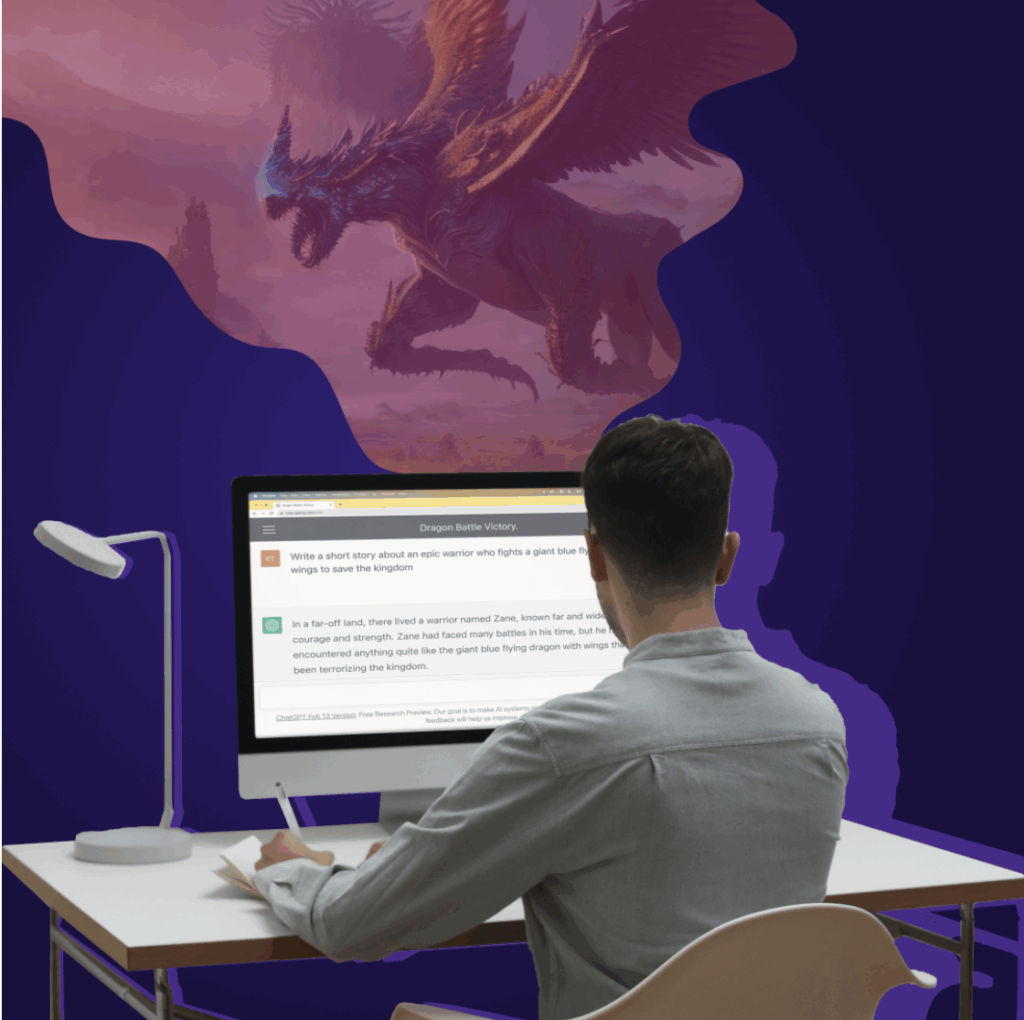
Caption: A person giving prompts to AI, Designed by Slam Media Lab. Image Credit: Worklife.vc Image Courtesy, Artnews.com
2. Artist Intervention and Creative Endeavour
The degree and nature of the artist’s involvement significantly differentiate the two.
Digital Art: Here, the artist’s creative endeavour is paramount. Every phase of the creative process—from initial conceptualization to the final rendering—involves direct artistic input and decision-making. Artists have a predefined or evolving outcome in mind and actively manipulate elements to achieve it. This grants them immense scope to experiment, refine, and push the boundaries of their creativity, allowing for intricate details, specific stylistic choices, and highly controlled compositions.
AI-Generated Art: While human input is necessary for prompting, the artist’s role shifts more towards curating and refining the AI’s output. There can be an inherent ambiguity in the visuals produced by a prompt, and the user often needs to iterate, modify prompts, or cherry-pick from multiple generations. The creative act is less about direct artistic execution and more about effectively communicating with the AI and selecting compelling results. The ability to manipulate and push creative boundaries in the traditional sense is limited by the AI’s capabilities and its training data.
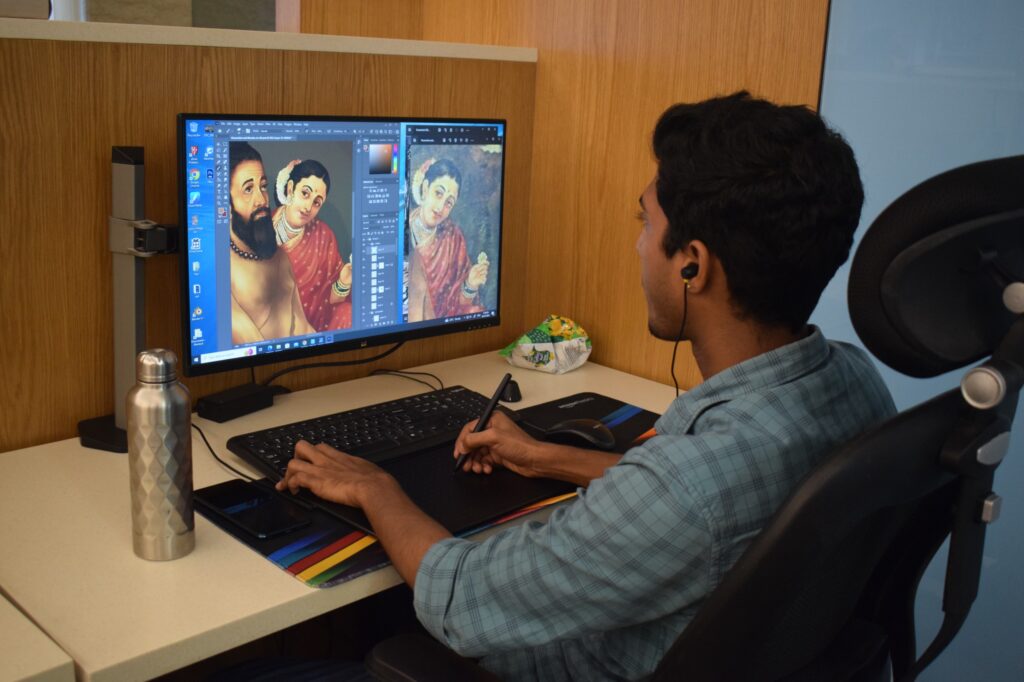
Caption: NewArtX team making a digital art work.
3. Rights, Acknowledgements, and Authorship
This is perhaps the most contentious area, particularly concerning AI-generated art.
Digital Art: The human artist is the undisputed author and copyright holder of their original digital creations. Their unique style, technique, and conceptualization are protected intellectual property, and they are fully acknowledged for their contribution.
AI-Generated Art: The issues of authorship, ownership, and copyright are complex and largely unresolved. AI models are trained on massive datasets that often include copyrighted artworks scraped from the internet without the original artists’ consent. This raises serious concerns about potential misappropriation of artistic styles and concepts without proper attribution or remuneration. An “unknown” entity (the AI or the user of the AI) could potentially “hijack” a recognized style. Furthermore, legal frameworks are still catching up, and in many jurisdictions, AI-generated works without significant human creative input may not be eligible for copyright protection, leading to ambiguity about who “owns” the generated output.
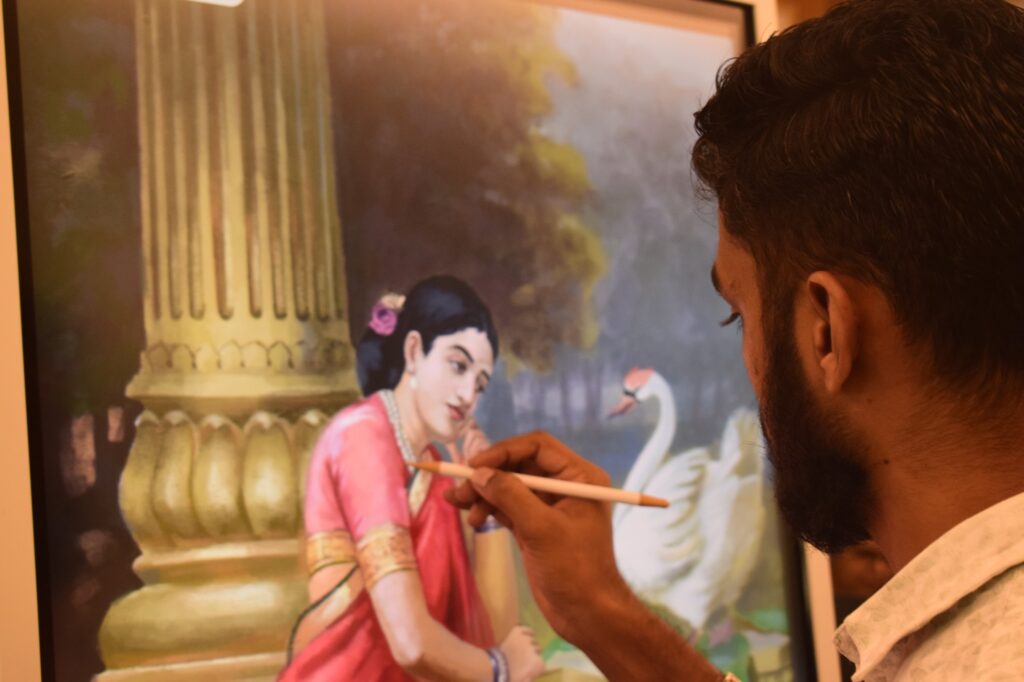
Caption: NewArtX team making a digital art work.
4. Skill and Technical Know-How
The barrier to entry in terms of technical skill varies dramatically.
Digital Art: Requires a considerable investment of time and effort to learn and master. Artists must develop proficiency in specific software interfaces (e.g., Adobe Photoshop, Illustrator, CorelDRAW, Blender), understand digital painting techniques, colour theory, composition, and often 3D modelling principles. It’s a journey of continuous learning and practice to develop both artistic skill and technical mastery.
AI-Generated Art: Generally has a much lower technical barrier to entry. Users primarily need to understand how to craft effective text prompts and interpret the AI’s output. While “prompt engineering” is a developing skill, it does not demand the same years of artistic and technical training as traditional digital art. This accessibility allows individuals without formal art training to generate sophisticated visuals.
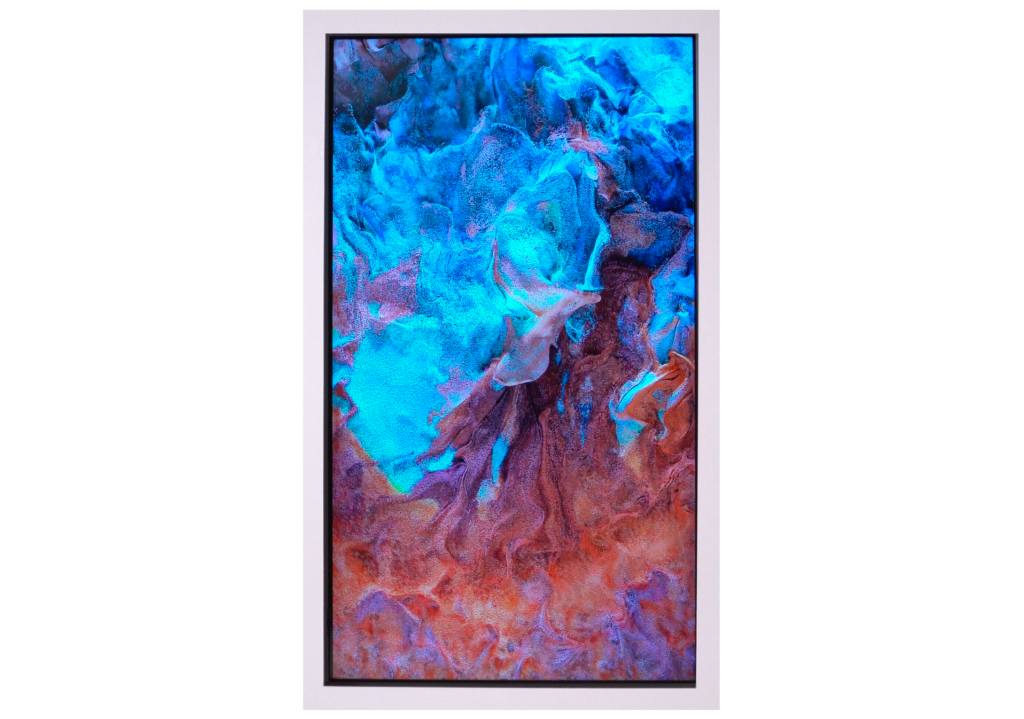
Caption: Refik Anadol, Machine Hallucinations – ISS Dreams mage, 2025.Courtesy: Christie’s Images LTD.
5. Emotional Depth and Human Connection
The inherent nature of the creation process influences the emotional resonance of the artwork.
Digital Art: Being a meticulous, often time-consuming, and deeply personal process, digital art frequently establishes a profound connection between the artist and their work. It often reflects the artist’s personal experiences, emotions, cultural background, and unique perspective, imbuing the artwork with a distinct soul and narrative. This human touch allows for nuances, imperfections, and a subjective interpretation that can evoke strong emotional responses in viewers.
AI-Generated Art: While capable of producing aesthetically pleasing or even breathtaking visuals, AI art often lacks the inherent emotional depth and subjective interpretation that stems from human experience. The output is based on algorithmic patterns and data, not on lived emotions or personal struggles. While a user can guide the AI to create an image with a specific mood, the “feeling” in the artwork is a representation based on data, rather than an expression of the AI’s (non-existent) internal state or the user’s direct artistic execution.

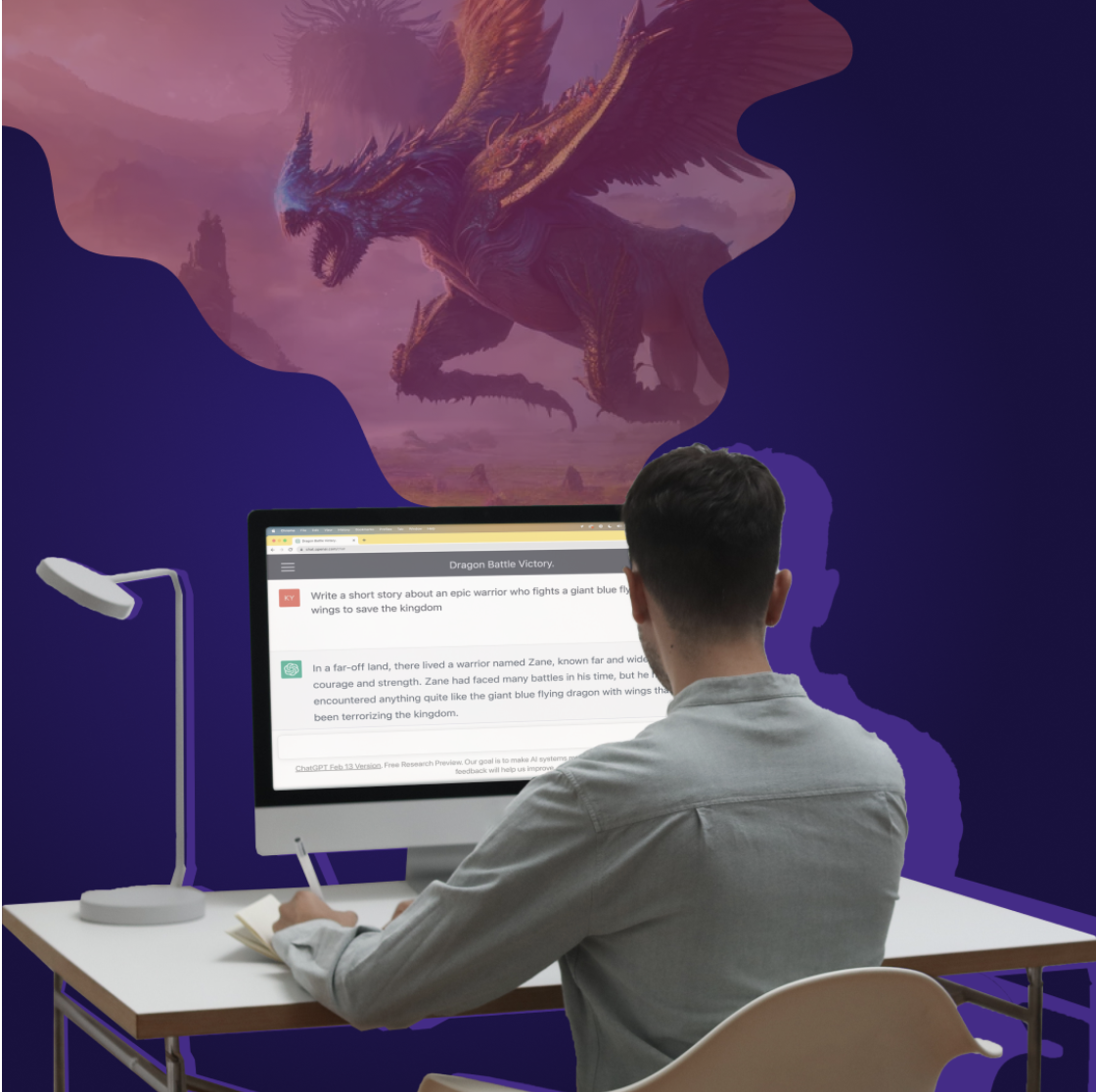

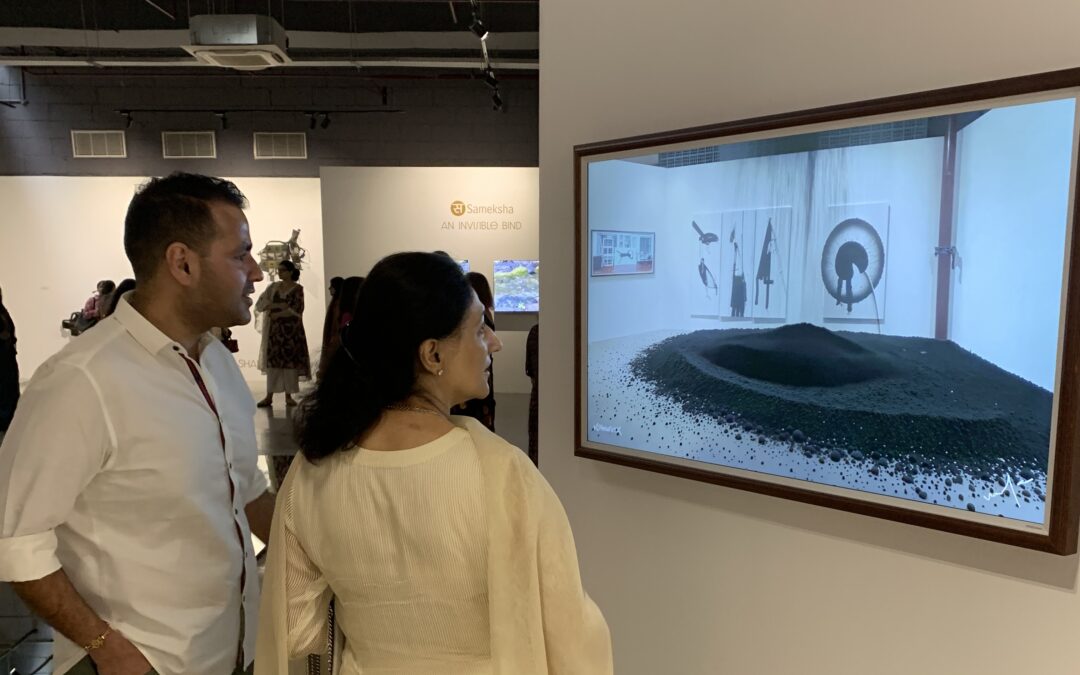
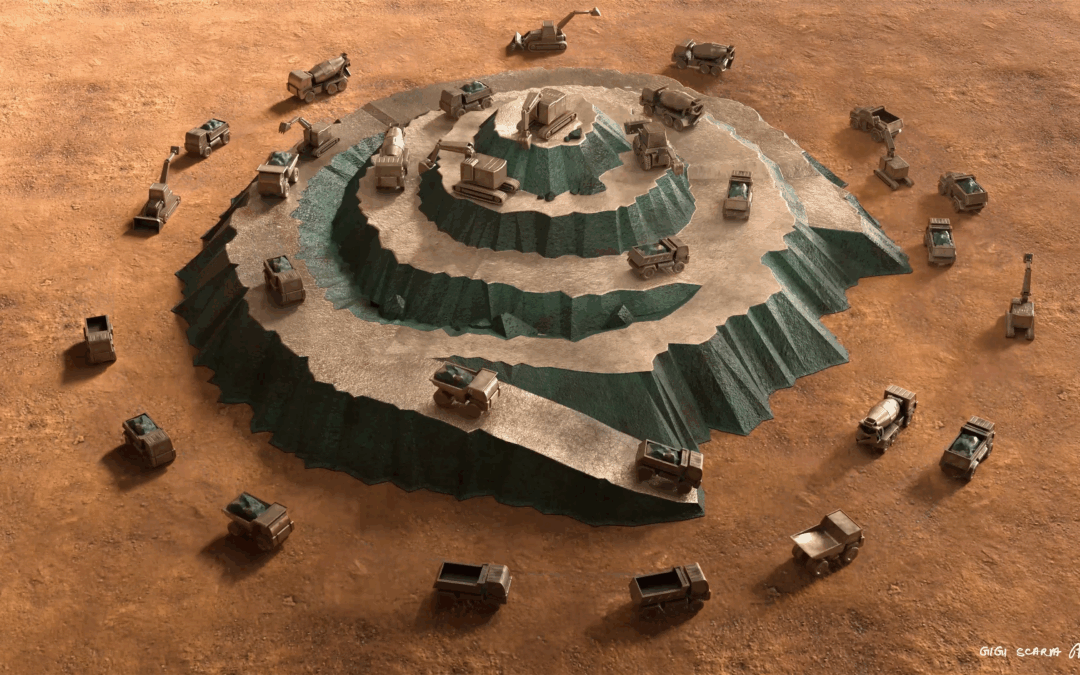
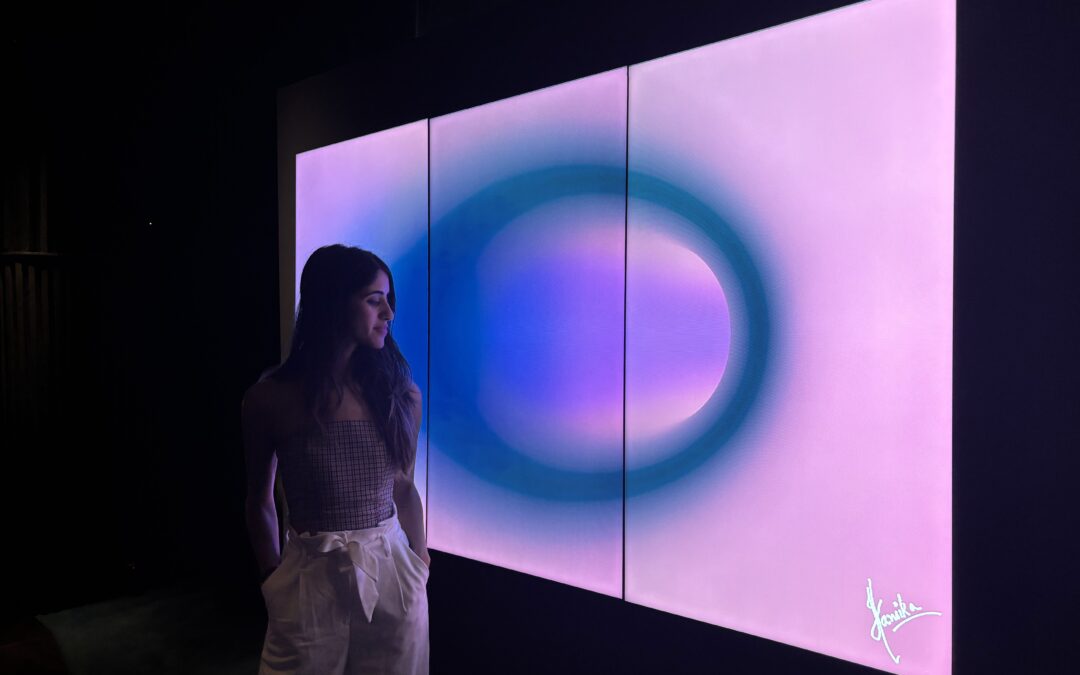
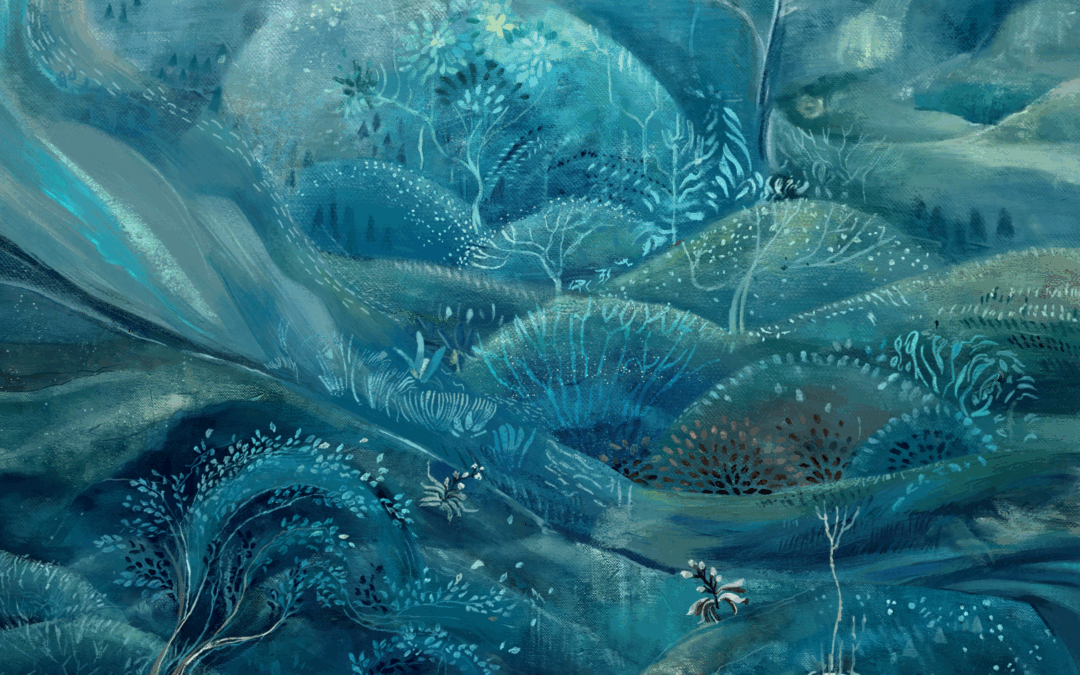
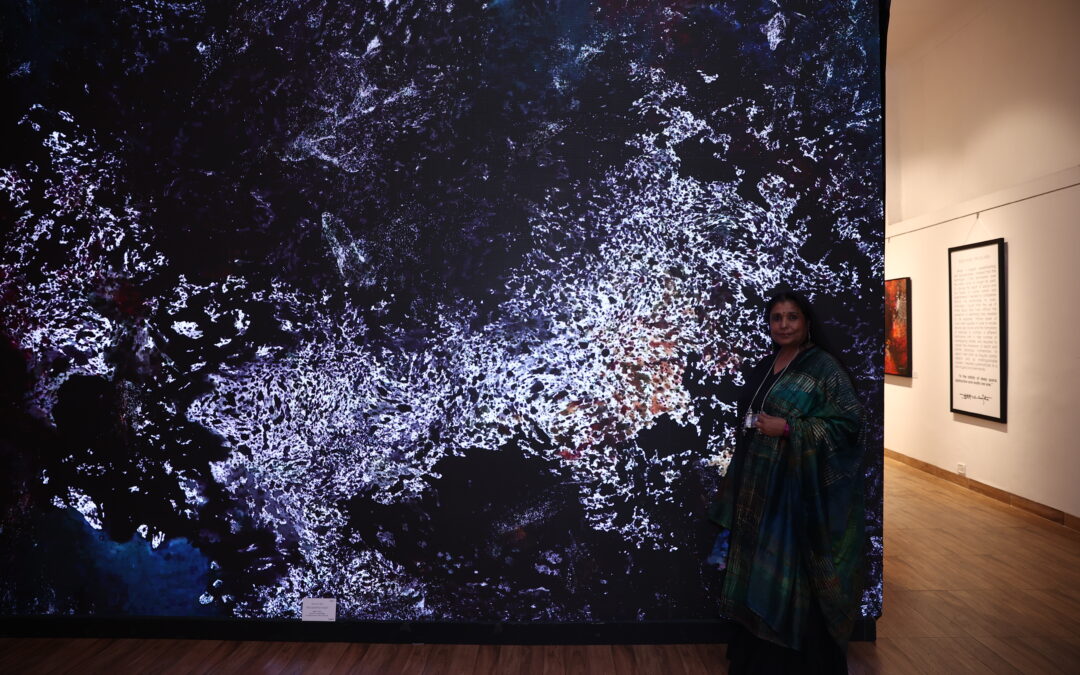
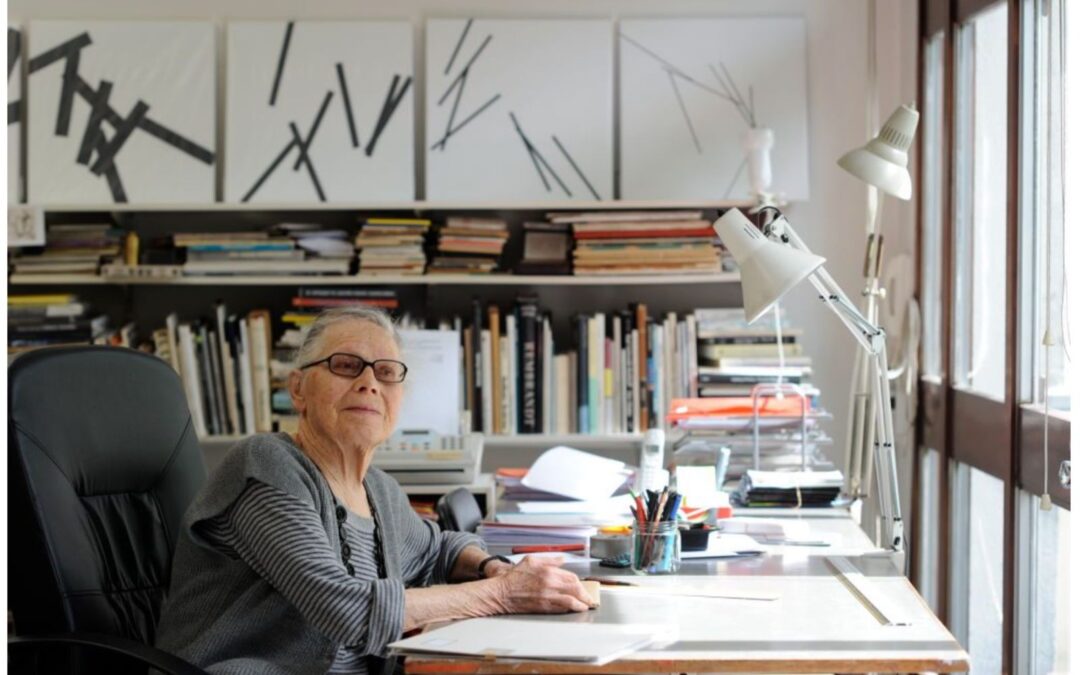
0 Comments